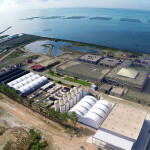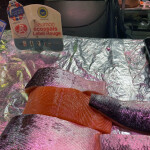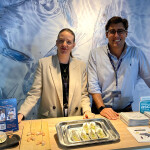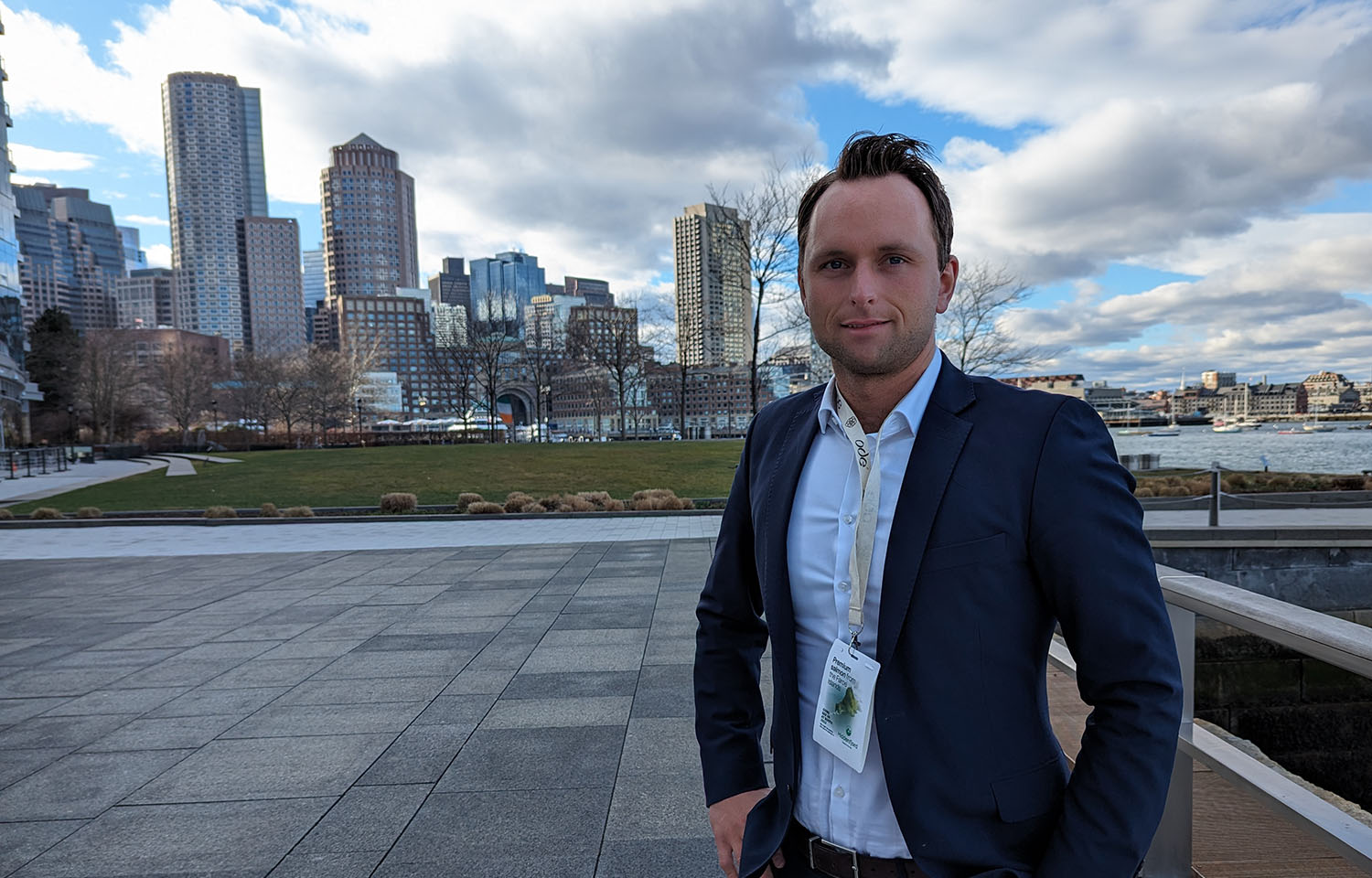Ålesund, Norway-based cod-farming company Ode harvested its first batch of fish in November 2022, and in 2023, the company delivered 4,000 metric tons (MT) of fresh cod to market.
In 2024, the company is planning to increase that total to 12,000 MT, and Ode Founder and CEO Ola Kvalheim told SeafoodSource that the future of the company and for farmed cod looks promising.
“Farmed cod will be an important part of the future seafood supply,” Kvalheim said.
Kvalheim, who promoted the company’s farmed cod at the 2024 Seafood Expo North America in Boston, Massachusetts, U.S.A. in March, said his company and other farmers will become a key part of the overall cod marketplace as production ramps up.
Farmed cod’s success is already evident in Norway’s seafood export statistics. In Q1 2024, farmed cod made up 15 percent of the value of all fresh cod exports. For FY 2023, export volumes of fresh farmed cod increased 125 percent from 2022 to 8,700 MT, while the export volumes of wild caught cod decreased by 20 percent.
According to Kvalheim, those statistics show a larger trend in the marketplace. Wild-caught cod supplies are becoming constrained as global demand for the species and seafood increases as cod quotas decrease. The 2024 Barents Sea cod quota, the largest source of wild-caught cod, was cut by another 20 percent to 453,427 MT – nearly half the 885,600 MT available in 2021.
The supply of farmed cod, in contrast, is only going to continue to grow. Ode currently has access to enough farming sites in Norway to produce 25,000 MT of cod each year, and the company plans to ramp up to that number and beyond.
Kvalheim said High Liner Foods' recent investment in Norcod is another sign of the promising future of cod farming.
“They’re a large, highly regarded company, and for them to invest in the farmed cod industry just shows how far we have come,” Kvalheim said. “It adds credibility to what we are doing, I think it’s a sign of more to come.”
One of the big advantages that farmed cod has over its wild-caught counterpart is its predictable supply – a factor that Kvalheim said has become increasingly important in light of supply-chain challenges since 2021.
“I think the focus around the world now is to make sure your supply chain is solid after Covid, but also with some of the geopolitics going around right now,” he said.
Huge fluctuations in the supply of wild-caught cod have also contributed to a shift in market preference for farmed cod, Kvalheim said.
“How can you build a market of, let’s say 1 million tons, and then five years later it’s 200,000 tons – and then it’s going to go back to 1 million before going back down to 200,000. It’s impossible to have a consistent market and develop products and value chains on top of that,” Kvalheim said.
Kvalheim said he believes the farmed cod sector could replicate the success of ...








